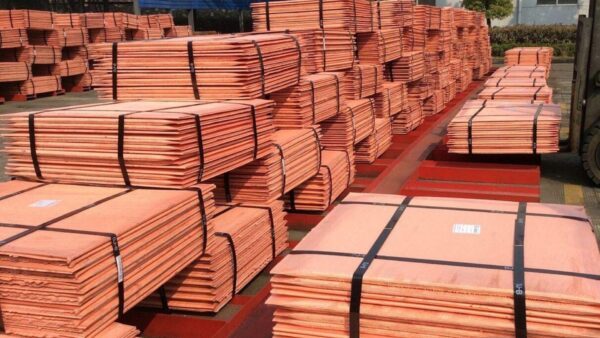Six New Large Mines Needed Annually by 2050 to Meet Global Copper Demand

A study by researchers at the University of Michigan and Cornell University has found that to meet the copper needs of electrifying the global vehicle fleet, as many as six new large copper mines must be brought online annually over the next several decades.
The paper, published by the International Energy Forum, examined 120 years of global data from copper mining companies and calculated how much copper the US electricity infrastructure and car fleet would need to upgrade to renewable energy. It found that renewable energy’s copper needs would outstrip what copper mines can produce at the current rate.
Copper is mined by more than 100 companies operating mines on six continents. The researchers drew data for global copper production back to 1900, which told them the global amount of copper mining companies had produced over 120 years. They then modeled how much copper mining companies are likely to produce for the rest of the century.
The researchers found that between 2018 and 2050, the world will need to mine 115% more copper than has been mined in all human history until 2018 just to meet “business as usual.” This would meet our current copper needs and support the developing world without considering the green energy transition.
“A normal Honda Accord needs about 40 pounds of copper. The same battery electric Honda Accord needs almost 200 pounds of copper. Onshore wind turbines require about 10 tons of copper, and in offshore wind turbines, that amount can more than double,” said Adam Simon, co-author of the study. “We show in the paper that the amount of copper needed is essentially impossible for mining companies to produce.”
“Renewable energy technologies, clean water, wastewater, electricity — they cannot exist without copper. So we then end up with tension between how much copper we need to build infrastructure in less developed countries versus how much copper we need for the energy transition,” Simon said.
“Our study highlights that significant progress can be made to reduce emissions in the United States. However, the current — almost singular — emphasis on the downstream manufacture of renewable energy technologies cannot be met by upstream mine production of copper and other metals without a complete mindset change about mining among environmental groups and policymakers.”
Zimbabwe’s largest copper mine, Mhangura, shut down in the late 1990s, due to falling prices on the world copper market.


